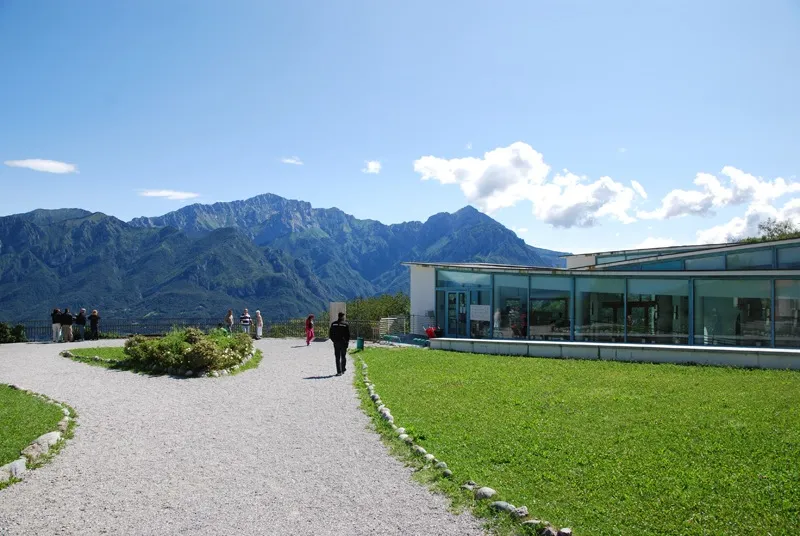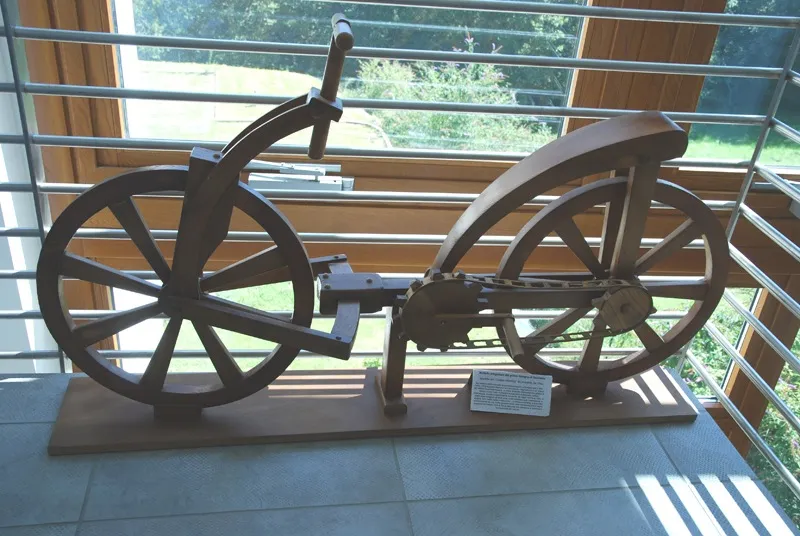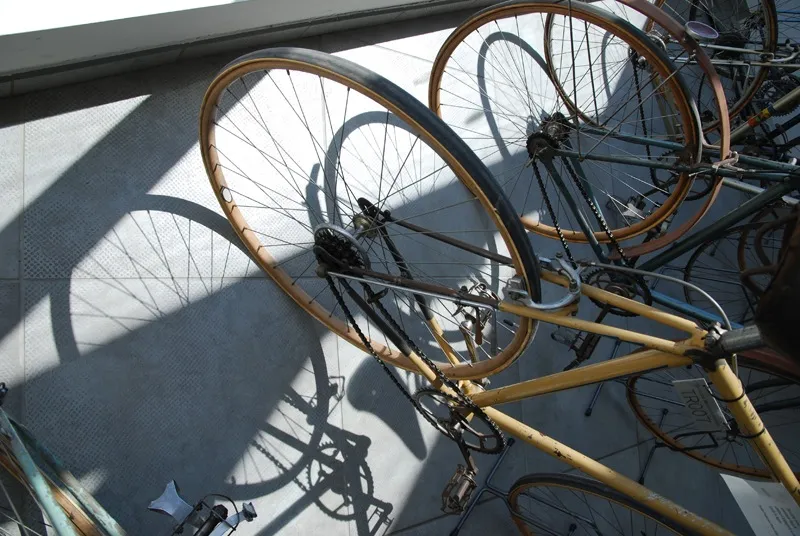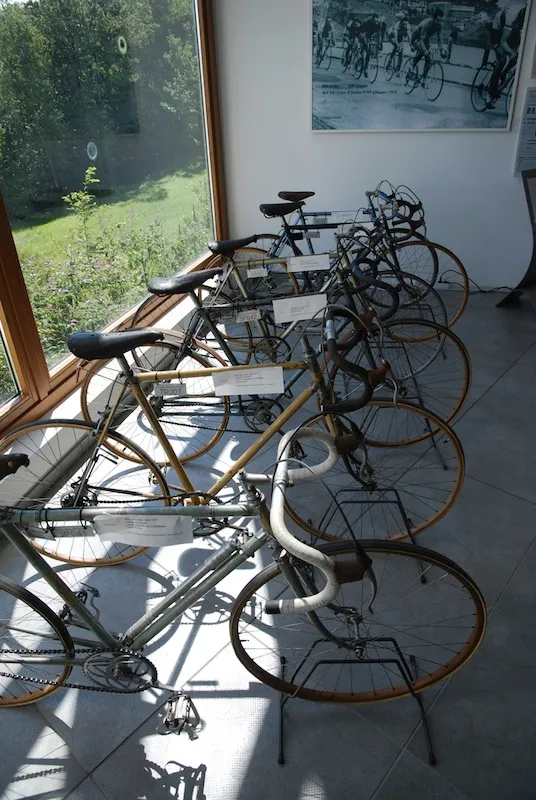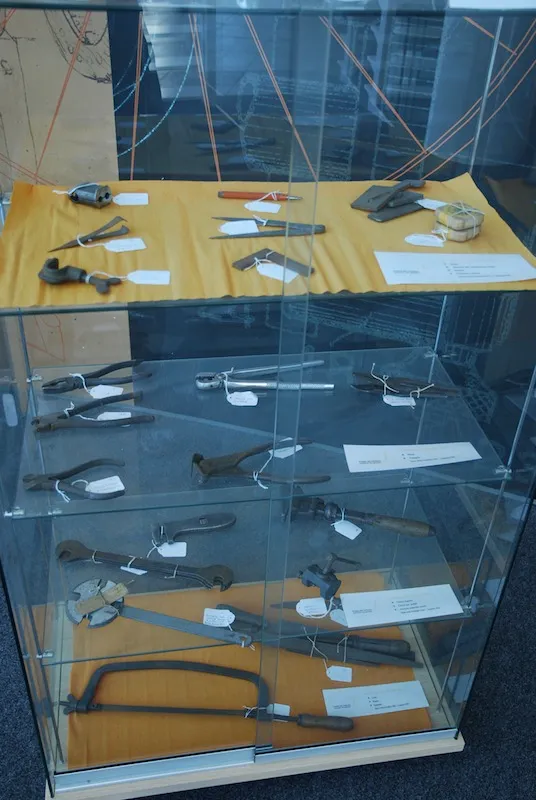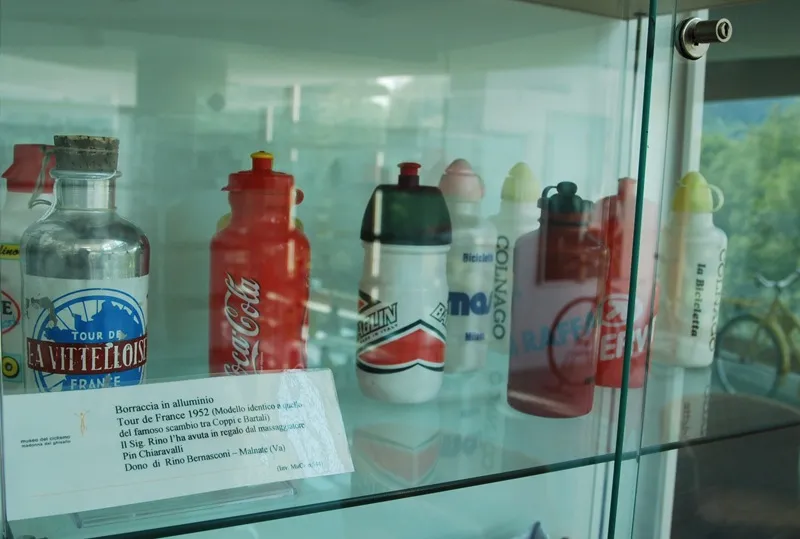Close to Italy’s Lake Como on the border with Switzerland is the small village of Magreglio, which serves as home to one of the biggest shrines to the sport of cycling: the Madonna del Ghisallo church, which sits on the hill of the same name, and dates back to the Middle Ages.
BikeRadar visited both the Madonna del Ghisallo and the nearby Ghisallo Cycling Museum last month.
As the story of the Madonna del Ghisallo goes, a local Count named Ghisallo was saved from bandits when he saw, and ran to, an image of the Virgin Mary. This apparition became known as the Madonna del Ghisallo, and she became the patron saint for local travelers. The church, which was built in the 17th century and contains a painting of the Virgin Mary, remains on this spot.

The Madonna del Ghisallo church remains a shrine worthy of the climb up the hill of the same name
The hill to the church is a popular route for cyclists, and was first used as part of the Giro di Lombardia cycling race, which was first run in 1905. While the actual route has changed over the years, the climb to the church remains a staple of the course. In addition to the Giro di Lombardia, the climb to the church has been used in many races including the Giro d’Italia, Coppa Agostini and the Giornata della Bicicletta.
Following World War II in 1949, Father Ermelindo Vigano, a local priest, proposed that the Madonna del Ghisallo also become the patron saint of cycling, the directive was later confirmed by Pope Pius XII.
For years the church served as a shrine to cycling, and is the site of the eternal flame for cyclists who have died. Inside the small chapel is the bicycle of Fabio Casartelli, a native of the region, who he died racing the 1995 Tour de France.
Near the church is the Ghisallo Cycling Museum, which opened its doors in 2006. The museum is devoted not only to the sport of bicycle racing, but also to the men and women who have used and continue to use the bicycle in everyday life.
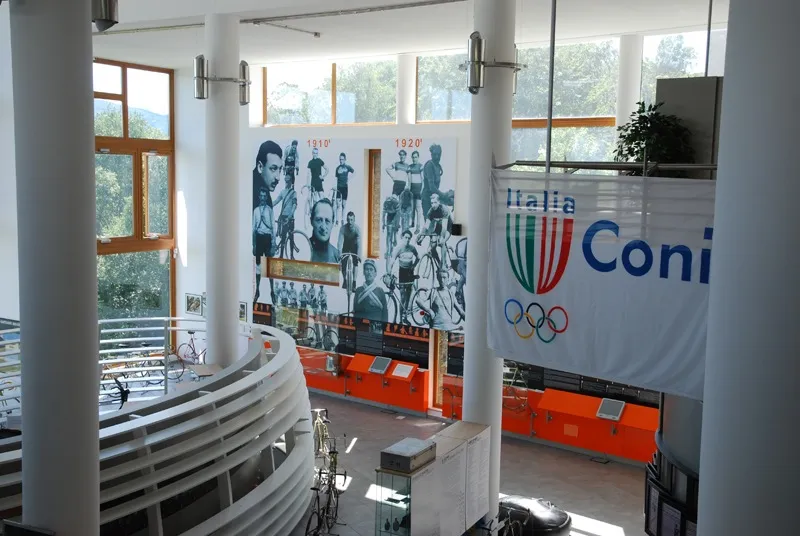
The museum shows that in addition to being well crafted machines, bicycles can be akin to art
It features an impressive collection of bicycles from the past 100 years, and includes other artifacts of the sport, from jerseys to water bottles to bicycle tools. In addition to the impressive collection, the museum and church are worth visiting for the views of Lake Como and the Alps.
